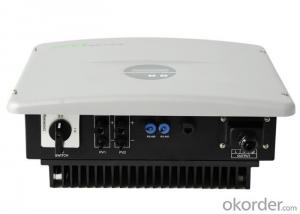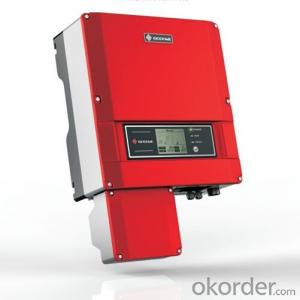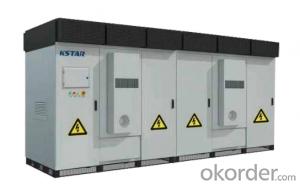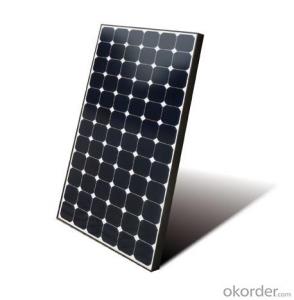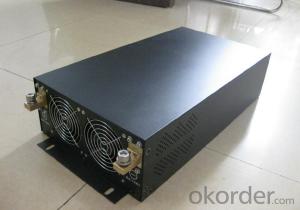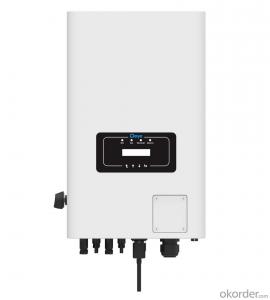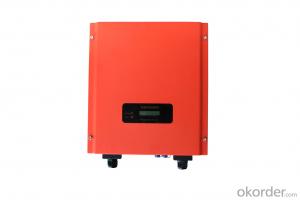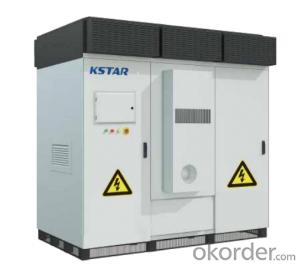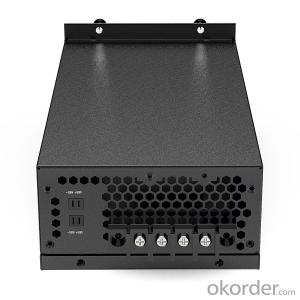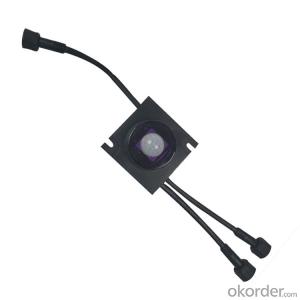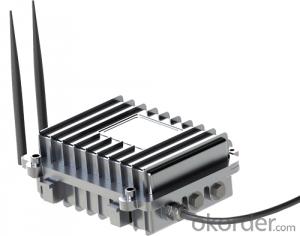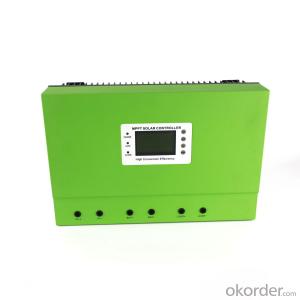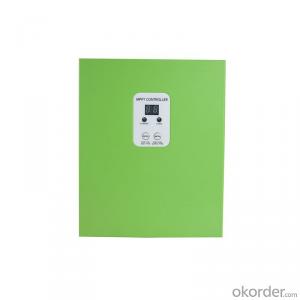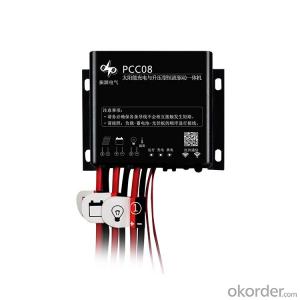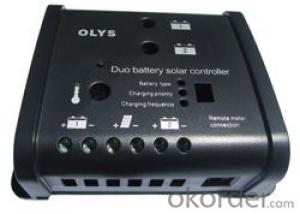German Solar Inverter Brands
German Solar Inverter Brands Related Searches
Solar Inverter Brands Solar Inverter Best Brands Top Solar Inverter Brands Best Solar Inverter Brands Chinese Solar Inverter Brands Good Solar Inverter Brands Solar Inverter Companies Solar Inverter Manufacturers Solar Power Inverter Companies Germany Solar Inverter Solar Inverter Made In Germany Solar Micro Inverter Companies Solar Inverter Suppliers Solar Power Inverter Suppliers Solar Inverter Company List Top Solar Inverter Companies Solar Inverter Manufacturer Solar Panel Inverter Suppliers Solar Brand Power Inverter Solar Inverter Supplier Solar Inverter Best Company Solar Inverter Products Best Inverter Solar Solar Inverter Generators Top Solar Inverter Best Solar Inverter Best Solar Power Inverter Austrian Solar Inverter Solar Inverter Best Sma Solar Inverter GermanyGerman Solar Inverter Brands Supplier & Manufacturer from China
German Solar Inverter Brands are recognized for their high-quality and innovative technology in the renewable energy sector. These products play a crucial role in converting solar energy into usable electrical power, ensuring efficient energy utilization. They are widely used in residential, commercial, and industrial settings, making them essential components in the growing solar power industry. The application and usage scenarios of German Solar Inverter Brands are vast, as they cater to the needs of various solar power systems, from small-scale residential setups to large-scale utility projects. Their advanced features, such as maximum power point tracking and grid-tied capabilities, make them a popular choice among solar energy enthusiasts and professionals alike.Okorder.com is a leading wholesale supplier of German Solar Inverter Brands, boasting a large inventory that caters to the diverse needs of customers worldwide. The platform offers a comprehensive range of these products, ensuring that buyers can find the perfect solar inverter to suit their specific requirements. By partnering with reputable manufacturers, Okorder.com guarantees the quality and performance of the German Solar Inverter Brands it supplies, providing customers with reliable and efficient solutions for their solar power needs.
Hot Products













